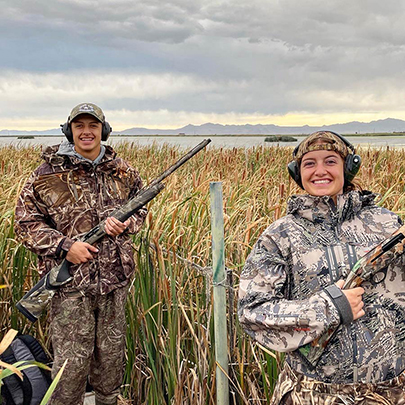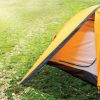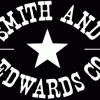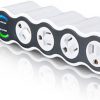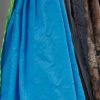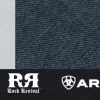We here at Smith and Edwards have often wondered, “What makes a good, leather work glove?” The folks at Yellowstone Leather Products have been showing us what a good quality work glove looks like for the past 47 years, and we couldn’t be more excited about it!
Kevin, from our hardware department, modeling our Yellowstone elkskin and deerskin gloves.Yellowstone Leather Products is an Idaho-based business that opened in 1960. In 1969, now owner, Boyd Zollinger bought the company and went to work marketing and distributing American made work gloves. Zollinger said, “I was back east for school and was looking for a way to get back to Idaho,” where he was originally from. “My family and I looked at this company that was for sale and we thought, ‘we could work with that.'” That’s exactly what they have been doing now for the last 47 years.
Smith & Edwards has had a long partnership with Boyd and Yellowstone, reaching back to 1969:
“We found their quality is far superior to any other glove we carry,” said Jim Smith, president of Smith & Edwards, an Ogden, Utah, retailer that has stocked Yellowstone Gloves for more than 35 years. “Most people who buy Yellowstone know they are quality gloves that will last longer than two or three other pairs they could buy cheaper.” – Article from 2010 by Clark Corbin with the Idaho Falls Post Register
What makes Yellowstone Leather work gloves different?The patented pattern of Yellowstone work gloves is really, what sets them apart from other work gloves. All of the premium leather gloves made at their warehouse in Idaho Falls feature both a seamless palm and back, making these work gloves form fitting. They fit tighter to your hand, Zollinger said, thus making it more like working with your bare hands, but with the protection necessary for even the toughest jobs.
Jean, one of our managers, modeling our Yellowstone elkskin and deerskin gloves. Jean manages the gloves department as well as our famous candy section!Talking about premium leather, these gloves are made from some of the finest, hand selected elk, deer, and goatskin in the western United States. When asked about the difference in materials, Smith and Edwards’ own Jean Dimick said, “Elkskin and deerskin last longer than traditional cowhide gloves. They won’t get hard and brittle if they get wet.” You can enjoy soft, supple gloves no matter what.
What projects can I use my Yellowstone Leather work gloves for?These deer and elkskin gloves can be used for any job, big or small, tough or easy. Elkskin is a heavier leather than deerskin and are best for heavy-duty jobs, such as fencing and other ranch work and construction. Deerskin gloves are more pliable and comfortable, and better for easy jobs.
Smith and Edwards own Kevin and Jean modeling our Yellowstone elkskin and deerskin gloves.We would rave about these gloves all day if we could. So come on in and find out for yourself what makes these work gloves so special. We know you’ll fall in love with the Idaho-based, made in USA, leather work gloves that we have come to love and depend on too. Yellowstone Leather also distributes a high quality, imported brand of leather work gloves called Rocky Mountain Gloves.
What they wore: Kevin:102216412LTLL Carhartt Hubbard Classic Plaid Button Up Shirt
MNVBLKL Wyoming Traders Black Nevada Vest
428-1738 Bailey Stampede Silver Wool Felt Hat
Kevin wears a size 9 in the Yellowstone Premium Leather work gloves and an XL in the Rocky Mountain gloves.
Jean (the buyer):5039-75K-7 Stormy Kromer Button Up Partridge Plaid Hat (brown plaid)
5067-40P-SM Stormy Kromer Aurora Snowdrift Cap (green plaid)
Jean wears a size 8 in the Yellowstone Premium Leather work gloves.

































































































